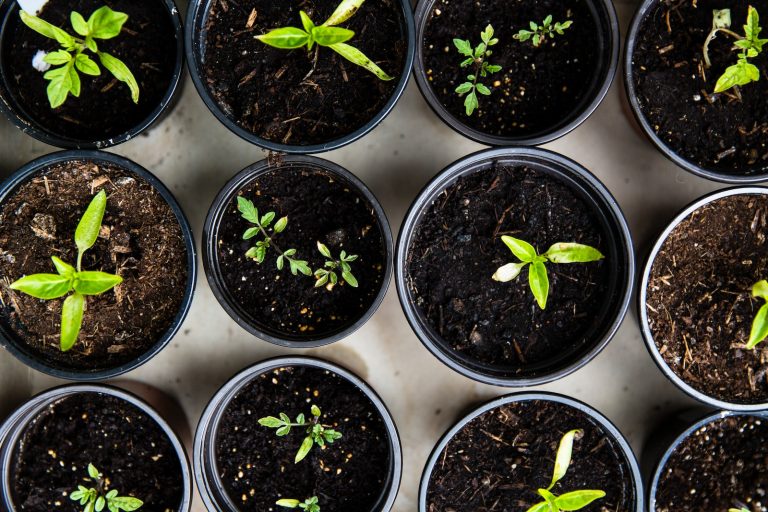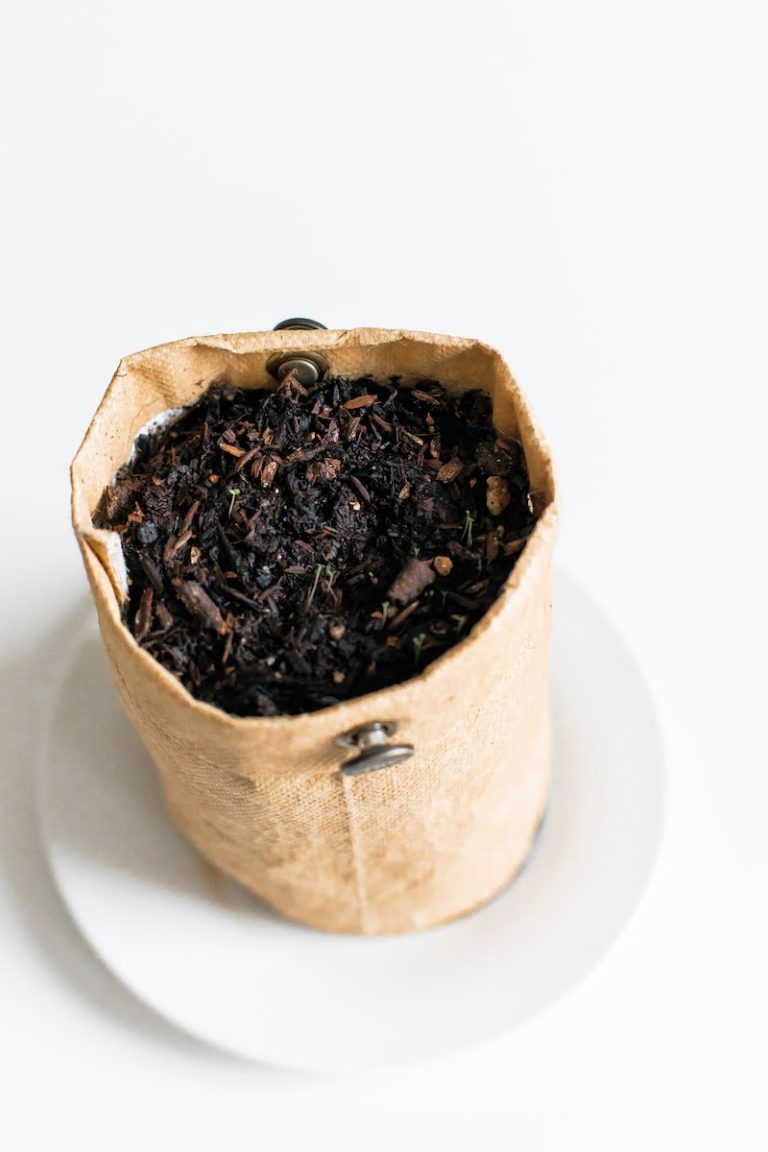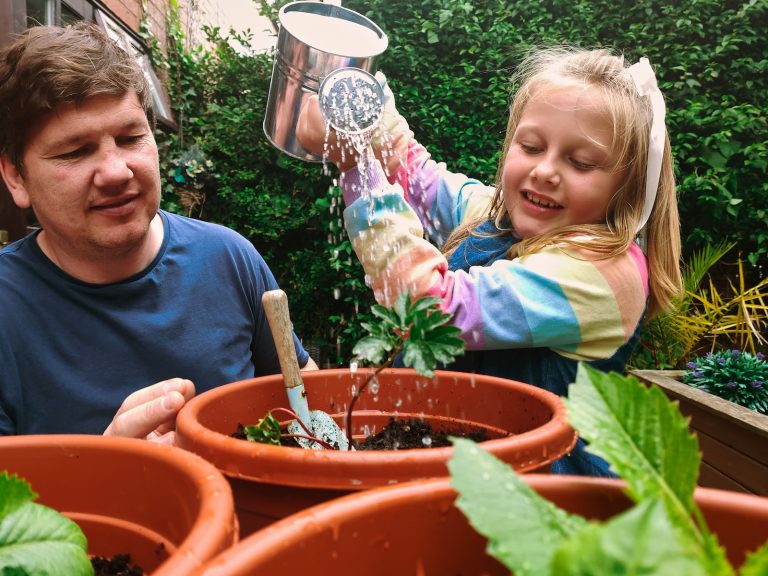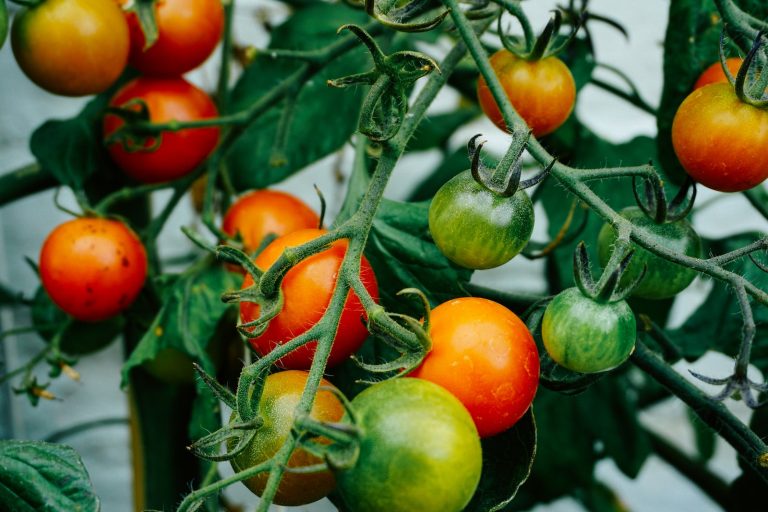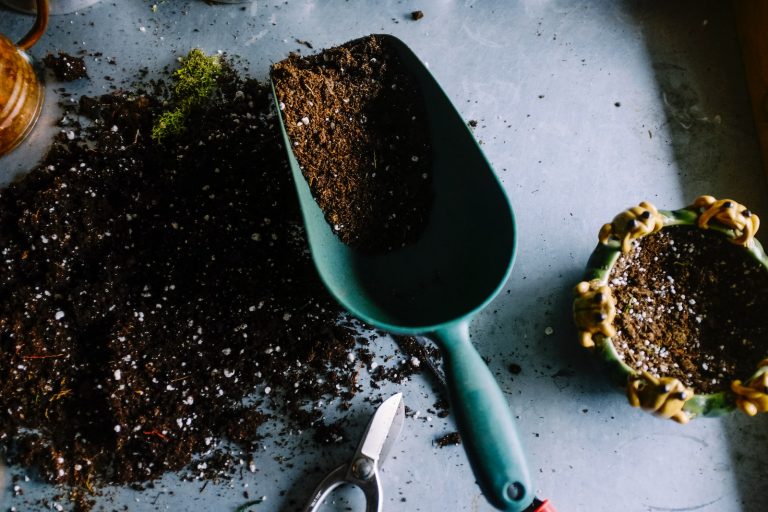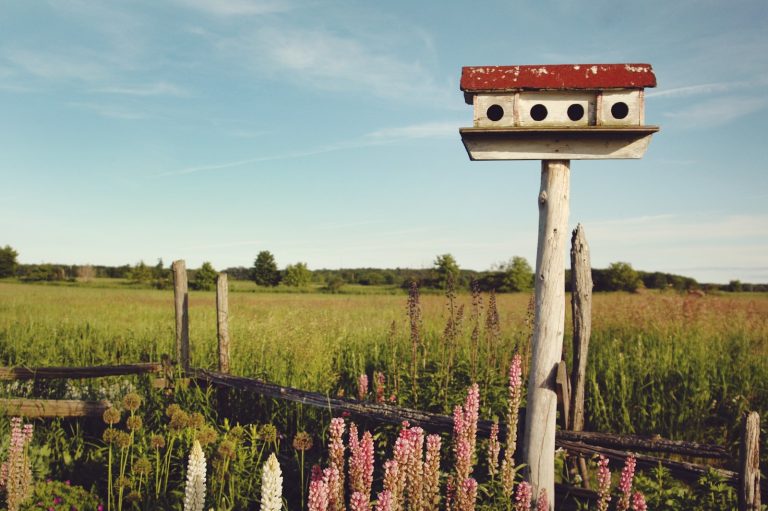How to Attract Bees to Your Home Garden?
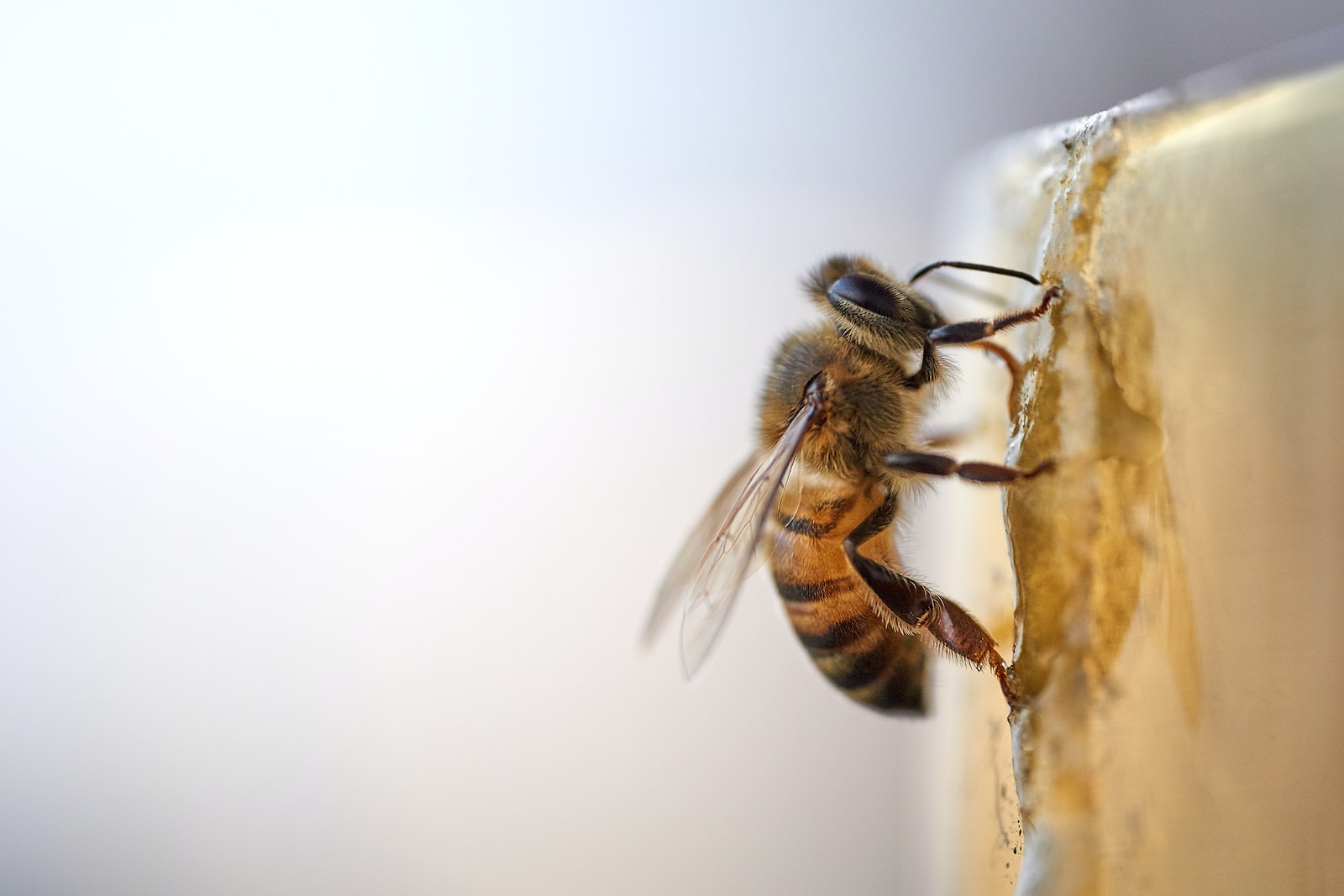
Are you tired of your garden lacking color and vibrancy despite all the effort you put into it? Look no further than our buzzing friends, bees! Not only do they add a delightful hum to your backyard, but they also play a critical role in pollinating plants.
Learn how to create an inviting environment for these busy creatures with our tips on how to attract bees to your home garden. Get ready for a thriving ecosystem that’s a feast for both the eyes and taste buds!
Protecting honey bees
Honey bees are vital for our ecosystem and for the pollination of our crops. However, their populations are in decline due to a variety of factors including pesticides, monoculture crops, and climate change. There are many things we can do to help protect honey bees and encourage their populations to thrive.
First, we can plant native flowers and trees that provide them with food and shelter. We can also avoid using pesticides in our gardens which can be harmful to them. Instead, we can use organic methods to control pests.
Finally, we can educate ourselves and others about the importance of honey bees and ways to help them flourish. By working together, we can make a difference for these essential creatures.
having bees in your home garden
Bees are one of the most important pollinators of flowers and crops. Without them, we would not have many of the fruits, vegetables, and nuts that we enjoy. Honey bees also produce honey, which is a delicacy enjoyed by many. Additionally, beeswax can be used in a variety of ways, from making candles to cosmetic products.
Aside from their value to agriculture and industry, bees are simply fascinating creatures. They are remarkable architects and engineers, working tirelessly to build their hives and care for their young. Watching bees go about their business can be a calming and meditative experience.
Of course, bees can sting if they feel threatened. However, they will only do so if they perceive a threat to themselves or their hive. As long as you are respectful of their space, there is no need to worry about being stung.
What environments do bees need for best habitats?
Bees need a few things to thrive in their habitat:
First, they need a food source. This can be in the form of flowers, trees, and shrubs that produce nectar and pollen. A varied diet of different plants will provide bees with the nutrients they need to stay healthy.
Second, bees need water. A fresh water source is essential for them to drink and clean themselves. A bee bath or small pond is a great way to provide them with the water they need.
Third, bees need a place to build their nests. Trees, shrubs, and hollow cavities are all good options for nesting sites. Bees will also use man-made structures like bee boxes if they’re available.
Finally, bees need a safe place to live. Avoid using pesticides and herbicides in your garden, as these can be harmful to bees. Creating a bee-friendly environment will help ensure that these important pollinators have the habitats they need to thrive.
Types of plants that attract bees
There are a variety of plants that attract bees, ranging from flowers to trees. Some of the most popular types of plants that bees are attracted to are:
-Aster
-Bee balm
-Blackberry
-Buddleia
-Calendula
-Clover
-Echinacea
-Lavender
-Sunflower
By planting any combination of these plants in your garden, you’re sure to see an increase in bee activity!
Planting tips for attracting bees to your garden
If you want to attract bees to your home garden, there are a few things you can do. First, choose plants that will provide nectar and pollen for the bees. Some good choices include lavender, sunflowers, and clover.
You should also avoid using pesticides in your garden, as this can be harmful to bees. Finally, make sure to provide water for the bees by placing a shallow dish filled with water near your plants.
Avoiding chemicals that are harmful to bees
Bees are pollinators and are essential for the health of our ecosystem. Without them, we would not have many of the fruits, vegetables, and flowers that we enjoy today.
Unfortunately, bee populations have been declining in recent years due to a number of factors, including the use of harmful chemicals.
There are a number of chemicals that are known to be harmful to bees. These include insecticides, herbicides, and fungicides. If you use any of these products in your home garden, it is important to take steps to avoid harming bees.
Insecticides: Insecticides can be harmful to bees if they come into direct contact with them. If you must use an insecticide, try to apply it early in the morning or late at night when bees are less active. Alternatively, you can purchase bee-safe insecticides that are specifically designed to kill pests without harming bees.
Herbicides: Herbicides can also be harmful to bees if they come into contact with them. If you must use a herbicide, try to apply it early in the morning or late at night when bees are less active. Alternatively, you can purchase bee-safe herbicides that are specifically designed to kill weeds without harming bees.
Fungicides: Fungicides can be harmful to bees if they come into contact with them or if they ingest contaminated pollen or nectar. If you must use a fungicide, try to apply it early in the morning or late at night when bees are less active. Alternatively, you can purchase bee-safe fungicides that are specifically designed to kill fungi without harming bees.
By avoiding the use of chemicals that are known to be harmful to bees, and choosing bee-safe alternatives whenever possible, you can help protect these essential pollinators and ensure that our ecosystems remain healthy for generations to come.
Providing water and additional resources for honeybees
In addition to providing a water source, there are other ways you can provide resources for honeybees. You can do this by planting flowers that bees love, such as lavender, clover, and rosy mint. You can also make a sugar water solution for them to feed on.
To do this, mix two parts water with one part sugar and put it in a shallow dish or bowl. Place this near where you’ve seen the bees congregating. Another great way to support honeybees is to purchase or make a bee house. These provide a safe place for the bees to rest and survive during cold weather.
Additionally, you can stop using pesticides in your garden or landscaping that are harmful to bees. Finally, consider joining an organization such as the Beekeepers’ Association in your area and learn more about supporting these important pollinators!
Conclusion
Attracting bees to your home garden can help you grow a healthier and more productive crop. With the right planning, there are many things that you can do to make your garden bee-friendly, including selecting bee-attracting plants, making sure they have access to water, providing shelter and ensuring that pesticides aren’t used in close proximity.
Taking these steps will ensure that honeybees play a key role in pollinating plants in your garden so that they produce healthy fruits, vegetables and other products for years to come.
James is a passionate writer and gardener with years of experience in home gardening. He is the author of several articles and blog posts on HomeGardenBlog.com, a platform where he shares his expertise and love for plants and gardening with the world.

